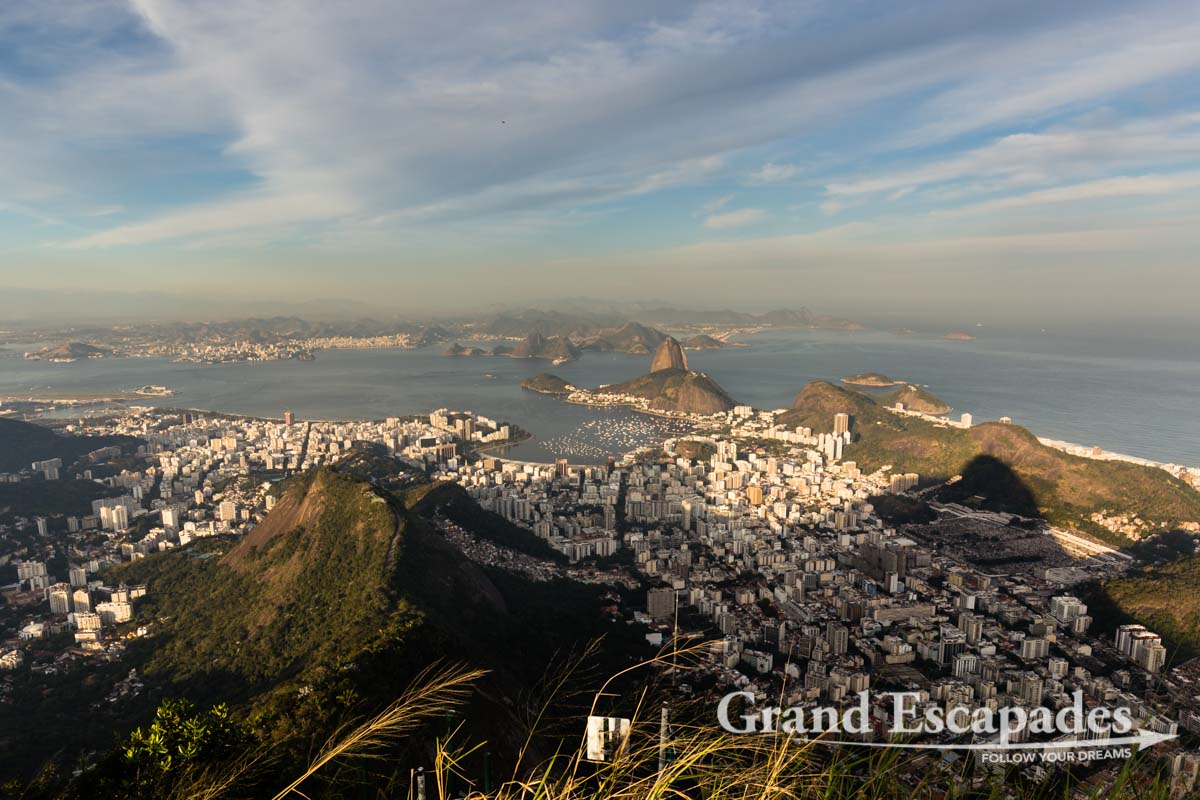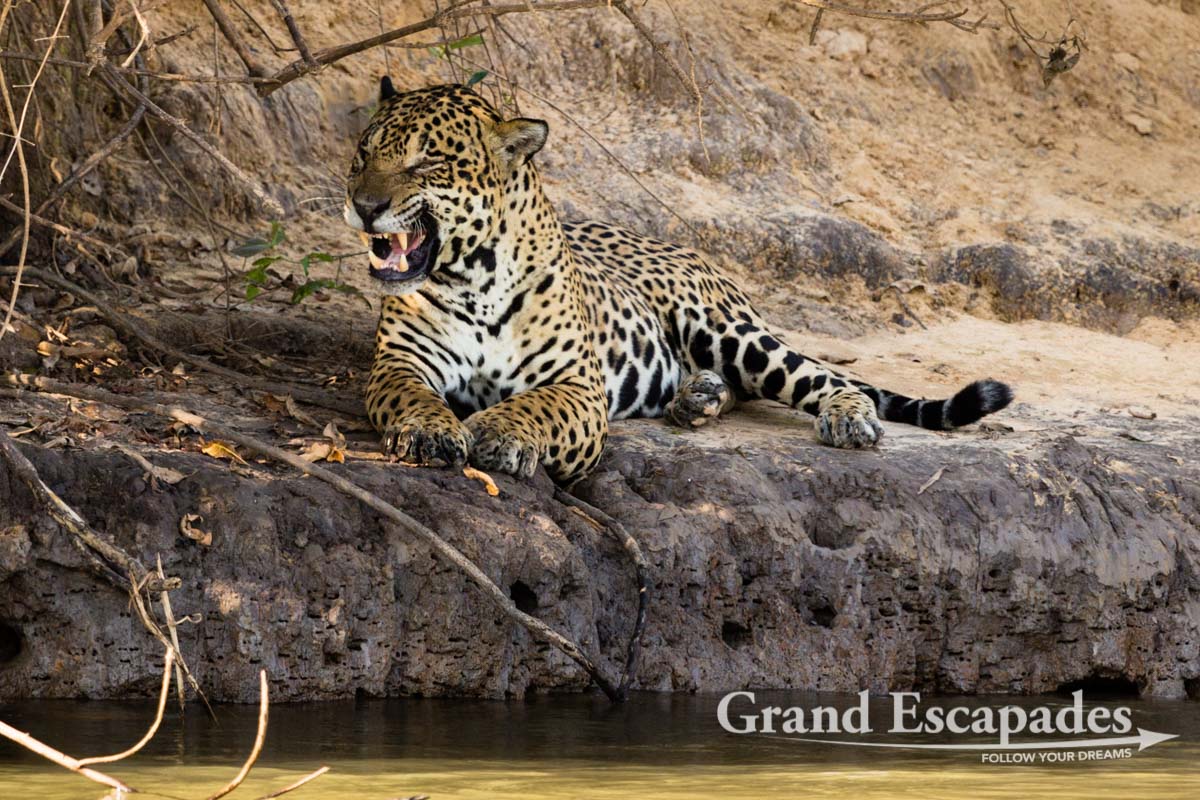The great Gold Rush did not take place in California, but almost two Centuries earlier in the hills of Minas Gerais, 500 kilometers northwest of Rio de Janeiro. Between the early 17th and the middle of the 19th Century, this area produced more than half of the Gold of the whole world!
Most of this Gold was taken directly to Portugal, so few of this great richness actually profited Brazil. This was also a time of violence, famine & death for many desperate gold seekers and a time of large scale misuse of African slaves, brought here to work in the mines under inhumane conditions.
Nevertheless, stunning colonial cities appeared during this period. Those gems are now highly touristy places, deservedly! The most famous one is Ouro Preto, a UNESCO World Heritage (the first Brazilian City to be listed in 1980). But with a few days at hand, there are many other places that truly deserve to be discovered. With “only” 4 days for this area, I decided to focus on 3 colonial cities: Ouro Preto, Mariana and Tiradentes, adding a quick loop in Congonhas. At least one extra day would have been necessary: one could easily spend here a week or more to discover more remote places.
On a practical note, keep in mind that Minas Gerais is high for Brazil (900 to 1.250 meters above sea level). In winter, nights are downright cold! Also transport is an issue: of course you can cover everything by bus, but having your own car is not only a luxury here, as distances are great and buses not always frequent.
- Tiradentes, a maze of cobblestone streets
Even more than the much more popular Ouro Preto, I truly enjoyed Tiradentes… Maybe I was lucky this day, as I could peacefully stroll the cobblestone streets of this beautiful Colonial City completely void of tourists and especially with no car disturbing my experience, and soak up at my own pace the unique atmosphere. Yes, Sunday afternoon and Monday morning in the winter seem to be a great time to discover this gem. Beware nonetheless that most churches close on Mondays…
- Ouro Preto, a UNESCO World Heritage Site
Ouro Preto (Black Gold) was founded at the end of the 17th Century and turned into the focal point of Brazil’s Great Gold Rush in the 18th Century. Even though the influence and the wealth of the city have declined since the 19th Century and the exhaustion of the gold mines, the stunning Colonial Architecture and the many churches remain as a testimony to its past prosperity. Ouro Preto is definitely one of the most superb Colonial Cities of the Americas, but also one of the largest and the one with the most unique topography: the narrow, crooked streets of the upper and lower towns tangle together and are in places too steep for vehicules. Actually, walking up the cobblestones slopes on foot can be exhausting, and by car nerve wrecking (the way up to Santa Ephigeny Church being the climax!). I must unfortunately finish on a far less positive note: if Salvador de Bahia has the intelligence to strongly limit cars in the Pelourinho and the Barrio de Santo Antonio, all Colonial Cities & especially Ouro Preto are traffic-clogged, which truly reduces the quality of the visit. This is really a SHAME!
- Mariana
About 15 kilometers of Ouro Preto, the oldest city of Minas Gerais retains the characteristics of a baroque city with its many churches and its colonial buildings.
- The Basilica of Congonhas, a UNESCO World Heritage Site
The city of Congonhas would probably not have found its way on the tourist route but for its Basilica, the Santuário do Bom Jesus do Matosinhos, and especially the twelve scultures of old testament prophets around its terrace carved by Aleijadinho, considered one of the best artists of the Baroque style in the world.

One of the twelve scultures of old testament prophets around the terrace of the Basílica do Senhor Bom Jesus de Congonhas, Minas Gerais, Brazil

One of the twelve scultures of old testament prophets around the terrace of the Basílica do Senhor Bom Jesus de Congonhas, Minas Gerais, Brazil
- The Garden at Inhotim
Unfortunately, I skipped the Garden & Art Gallery at Inhotim, as I preferred to visit the Mercado Central of Belo Horizonte, which was by the way quite a sight. Fellow travelers raved about it and I quite regreted not visiting this place afterwards. Obviously it is less the “Art Gallery” than the stunning gardens that are worth the trip… Well, next time!
- Enjoy the “Comida Minera”
If you are on a diet, this is not the place to be! The “Comida Minera” (traditional food of Minas Gerais) is delicious, but… heavy. A soup will be a full meal, a main dish a challenge to finish, and a 3-course meal goes beyond imagination! One of the most popular cuisines in the country, Mineiran food is a mixture of Portuguese, Indian, and African flavors. The most famous dish includes pork loin served with sausage and lentils. For dessert, you often find goiabada (guava paste) served with cheese. And of course you cannot leave this area without trying the Pão de queijo, chewy cheese bread in roll form and the local cachaça, considered to be the best in the country.
- Some thoughts on Photography in Minas Gerais…
As always in Architecture Photography, the most important piece of equipment is a wide angle. I had just bought a new EF 16-35 L 4.0 and actually took 80% of the pictures with this lens. The lack of distance in those small cobblestone streets makes it extremely difficult to take pictures with a standard lens (like a EF 24-105 L 4.0). When using wide angel lenses a lot and postprecessing your pictures, for instance in Lightroom, the new Upright – Automatic Perspective Correction is equally helpful. It corrects the tilted perspective by cropping the picture. Think about taking a wider frame of the subject, if possible! Moreover, many buildings are lit at night. Take your tripod, which will unable you to make some great pictures of the atmosphere of those colonial cities and of the main buildings (mostly churches) of the places you visit, especially in Ouro Preto. It is unfortunately forbidden to take pictures inside most churches. This is truly a shame, as those beautiful interiors would offer great photography opportunities.
























